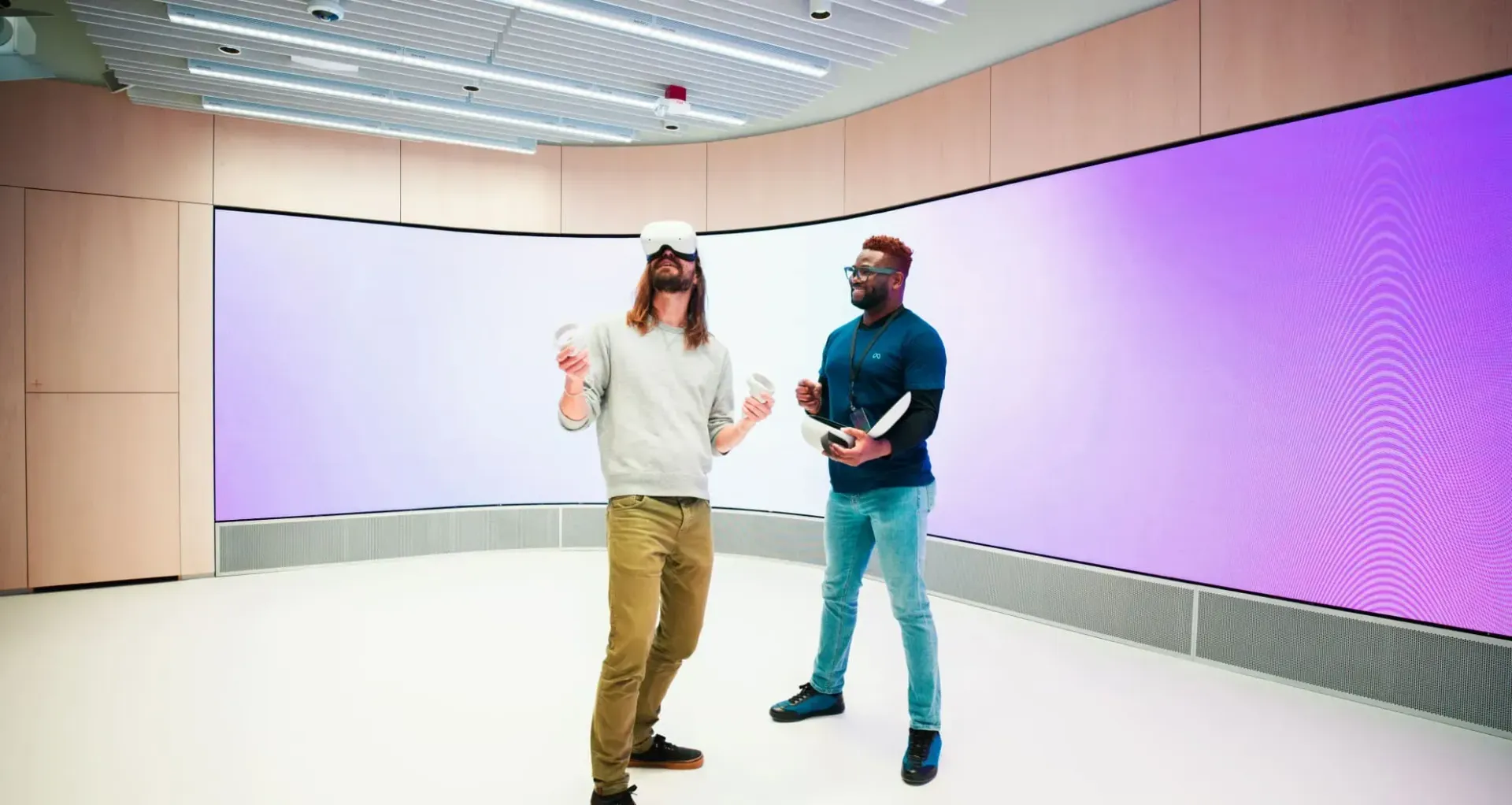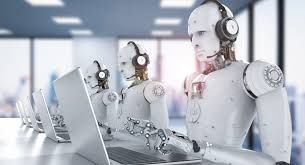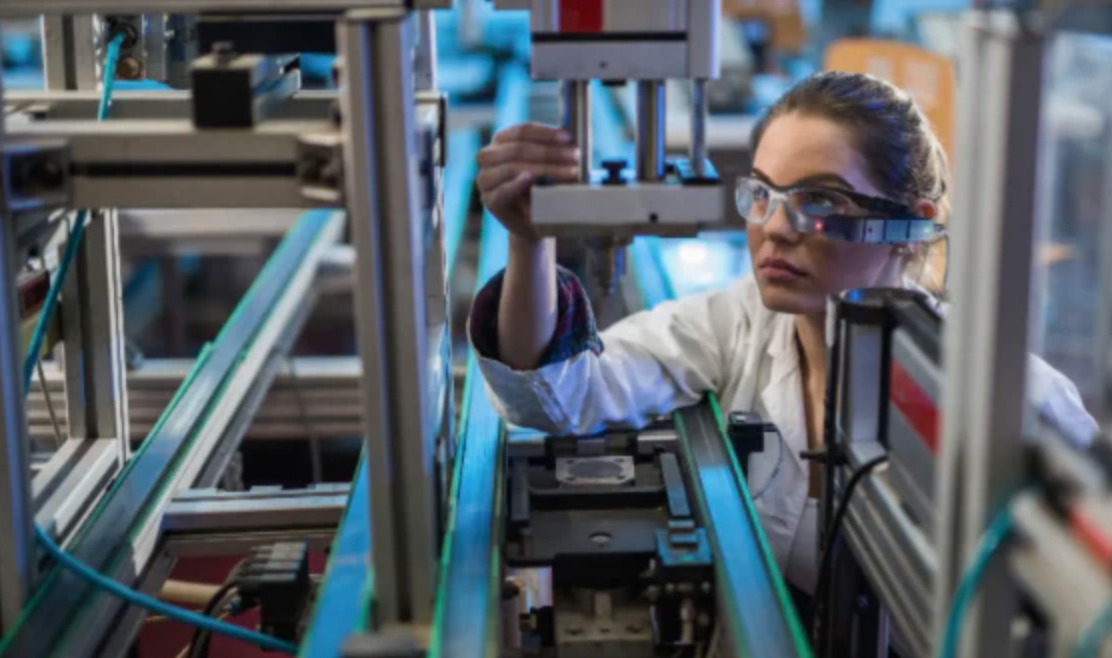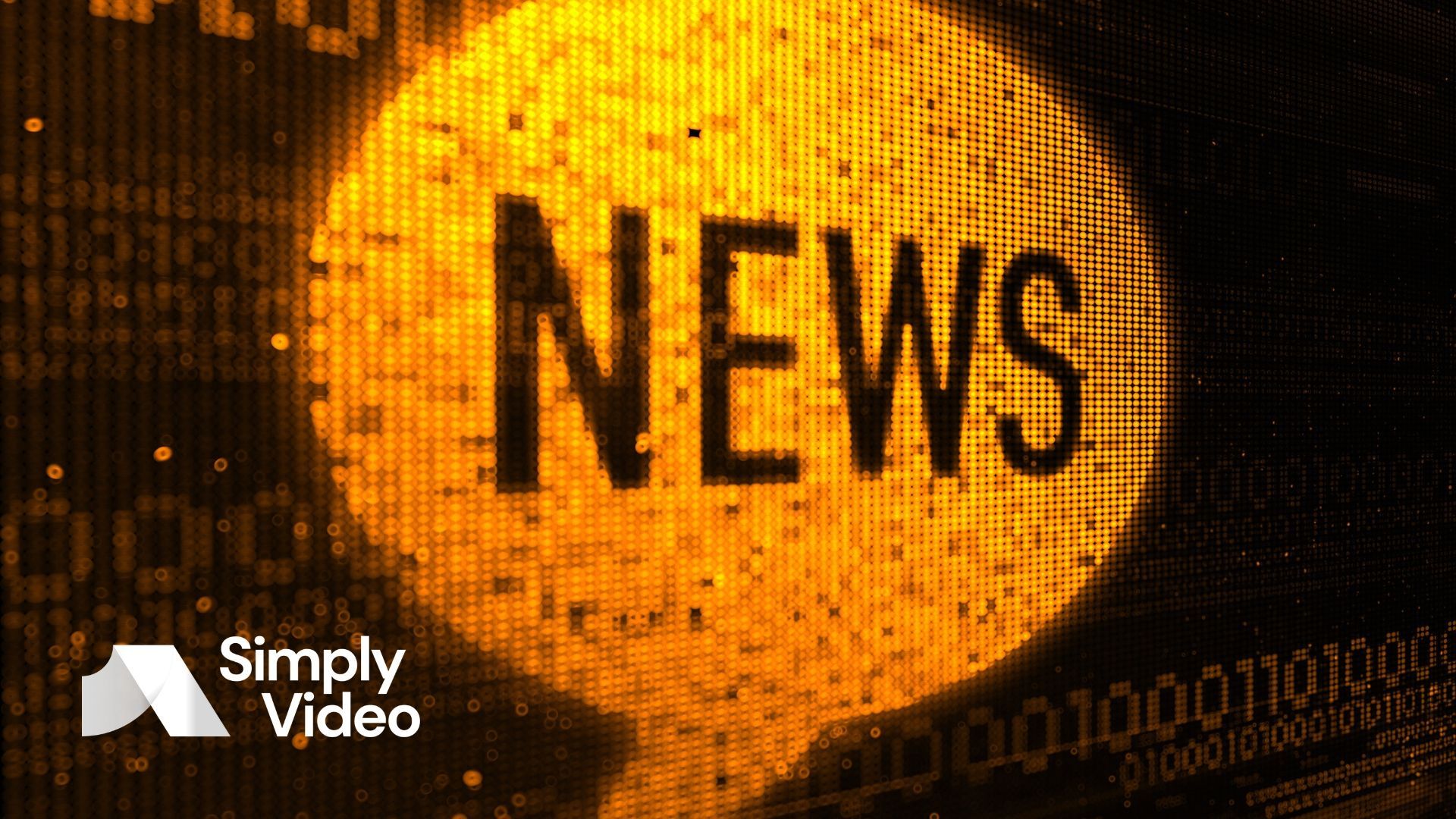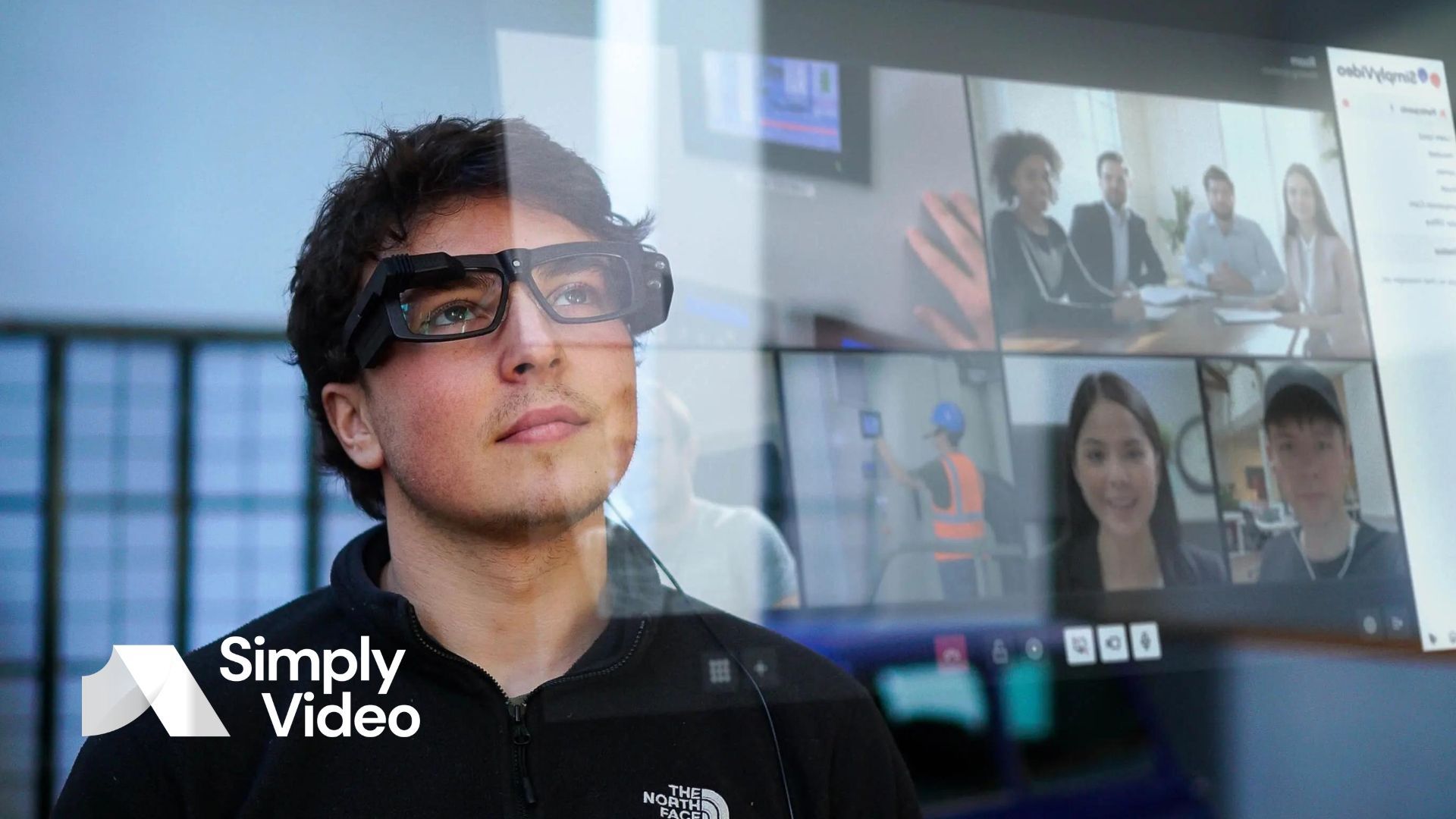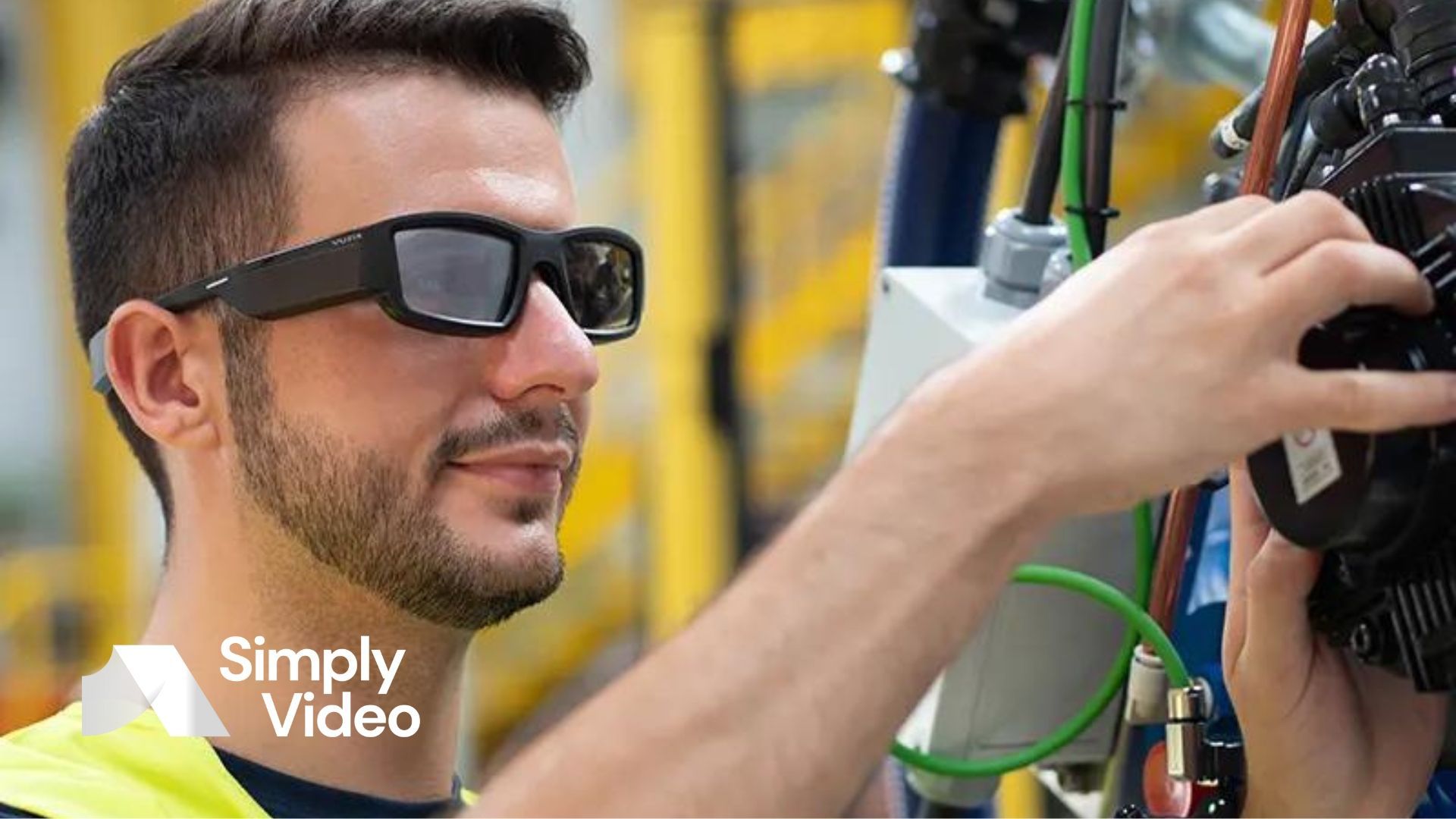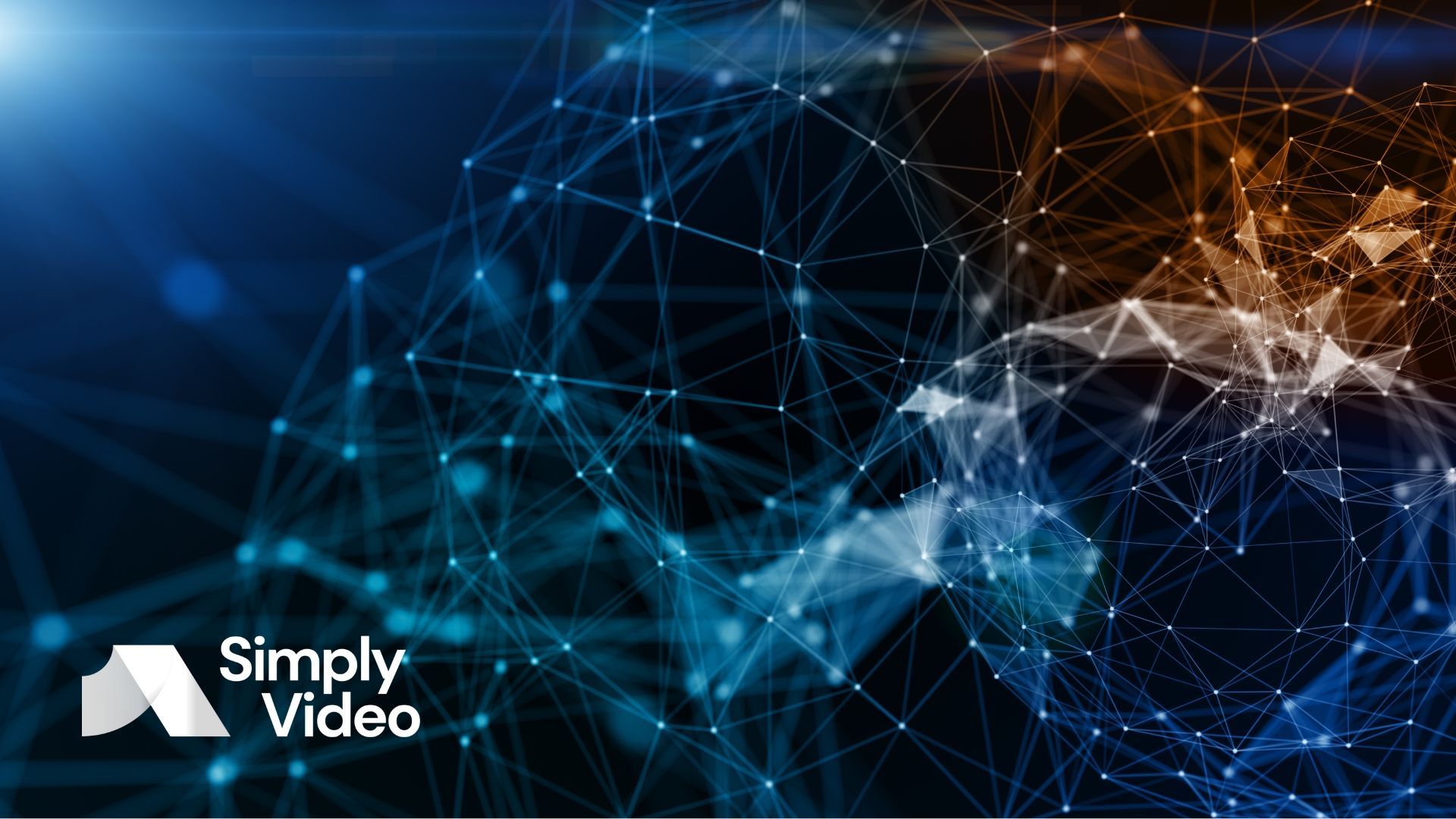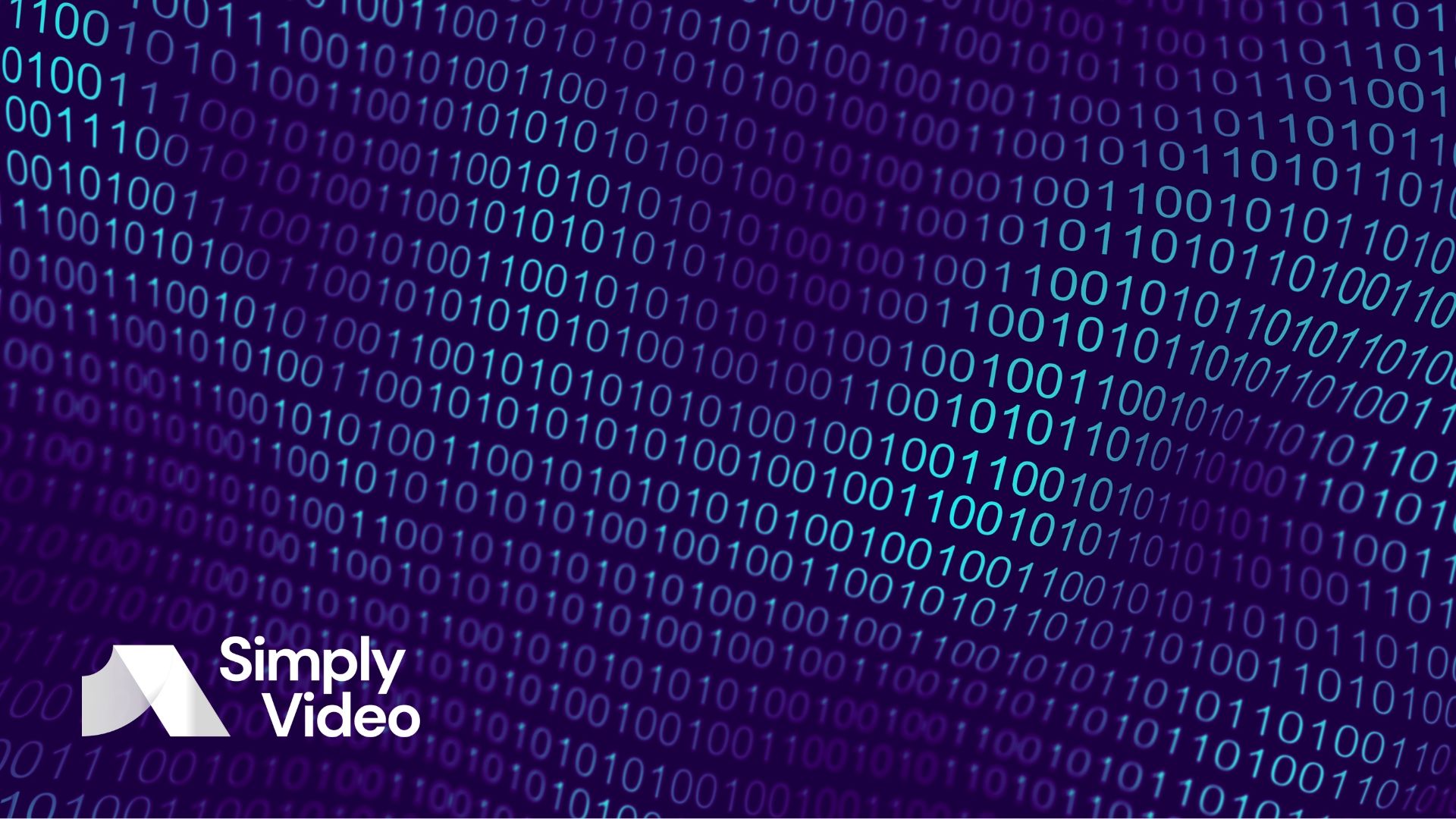XR and natural disasters
How can virtual reality help prepare people for natural disasters and help survivors to cope? Discover some of the ways in this article.
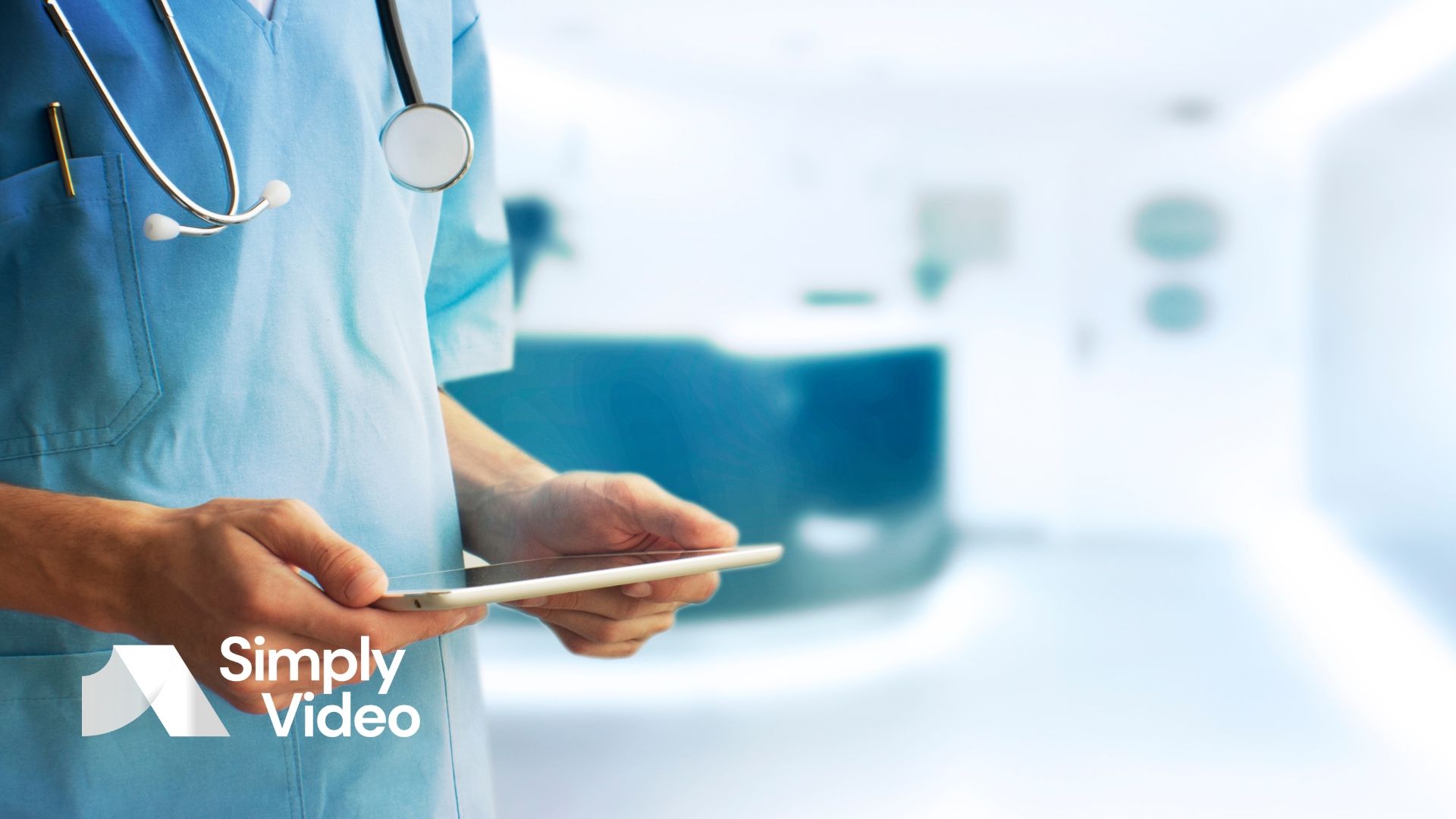
There are a number of surprising use cases for extended reality technologies. Did you know, for example, that it can be used by paramedics at the scene of an emergency?
Equipped with an XR headset, the first responder can stream what they see to an expert back at HQ. This means that potentially life-saving decisions can be made more quickly and based on visual evidence.
Something similar is happening with natural disasters.
It's impossible to predict the size, location or timing of natural disasters. No tsunami or major earthquake has ever been predicted – and hurricanes can only be tracked once they're formed. XR doesn't currently offer any way out of this tragic predicament.
But what XR can do is prepare people for the experience of a natural disaster so that they feel empowered to act safely should it happen. And in parts of the world where natural disasters are becoming the new normal, it amounts to a form of virtual survival training.
It can also help survivors through VR exposure therapy – helping people overcome trauma by exposing them to a partial visualisation of the disaster.
Before we take a closer look at these innovations, a word about terminology.
XR, VR, AR – what's the difference?
XR stands for "extended reality". It's an umbrella term for all types of digital technology that change the way the world in front of us looks.
Within that broad category, we have virtual reality (VR), augmented reality (AR) and assisted reality (aR – note the lowercase "a"). These range from fully immersive (VR) to a blend of real-life and virtual elements (AR) to the overlay of information in the user's field of vision (aR).
In this article, we're going to be focusing on VR. This is where the person wearing a headset feels as though they're in a different place. Their entire surroundings are altered. They can interact with this virtual environment.
VR is most commonly known through headsets like Meta Quest and Oculus, as well as games like Beat Saber.
Using VR to prepare people for the experience of natural disasters
In the event of a natural disaster, people are prone to panic. Preparing them for a disaster is tricky – but in both Australia and California, VR appears to be making a difference.
Bushfires are common in Australia. Its hot, dry climate makes it especially vulnerable to fires. Every year, the fire services respond to somewhere between
45,000 and 60,000 bushfires.
The most disastrous fire seasons were in 2009 – beginning on a day now known as Black Saturday – and 2019/20. In the latter season, 42 million acres of land were burned and nearly three billion animals died or were displaced.
Safa Molan at the University of South Australia has designed a
VR experience for children aged 10 to 12. It exists to teach children how to act safely during bushfires.
It works like this. The pupil puts on a headset and is transported to a scene where they're looking after a friend's dog. A fire starts and the participant has to get themselves and the dog to safety through a series of problem-solving tasks.
Molan's research shows that over 80% of children at one primary school "felt more confident to calmly evaluate their options and make better decisions to protect themselves from a bushfire".
Meanwhile, in California, a climate scientist at Stanford University has
speculated that VR could be used as a tool to build resilience in the face of future uncertainty. People don't know exactly when the next wildfire will come, but they can be trained to make decisions that increase their chances of survival in immersive scenarios.
Like its Australian equivalent, the proposed VR simulation would gamify survival, empowering people through a series of lifelike training exercises – how to properly treat a burn, for instance, or how to retreat to safety from an urban area.
This kind of gamified solution can apply to flooding too. A professor of landscape planning at the University of British Columbia developed a VR game called Delta II. This places players in a virtual simulation of a Vancouver suburb flooded by rising sea levels.
Players participate in community decision-making and, as with the bushfire simulation, are reported to have emerged from the experience with a sense of empowerment. Indeed, one classroom went so far as to implore its local council to take urgent action on the climate crisis.
These VR simulations are in their infancy and haven't been rolled out at any scale. But they could be valuable tools in helping people stay as safe as possible in the event of a natural disaster.
How VR can help survivors of natural disasters
In May 2011, a devastating tornado struck Joplin, Missouri. It killed 158 people, damaged nearly 8,000 buildings and destroyed almost half of them.
Now, Joplin is home to the
Ozark Center – a behavioural health centre that has adopted something called VRE to help survivors of the tornado to heal.
VRE stands for virtual reality exposure therapy. Participants are transported back to the night of the storm in a lifelike simulation.
And it appears to work. A 2018 study in
Behavioural and Cognitive Psychotherapy put 36 adults with a fear of storms into two groups. One participated in a VRE session, the other in progressive muscle relaxation. On a scale of 1 to 100, the average fear of the VRE group dropped from 52 to 14, whereas the progressive muscle relaxation group only dropped as low as 42.
As with the VR experiences designed to prepare people for fire season, it's too soon to say whether this version of exposure therapy will work at scale. But initial findings seem to suggest it could make a positive difference.
At SimplyVideo we provide an XR-enhanced
video call platform that's supported by most devices. Interested?
Sign up for a free 30-day trial today.
